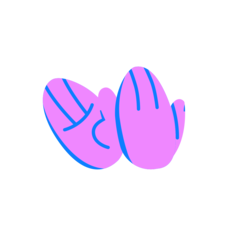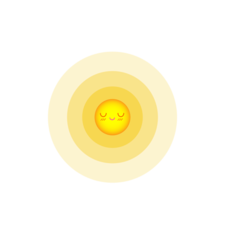Install Steam
login
|
language
简体中文 (Simplified Chinese)
繁體中文 (Traditional Chinese)
日本語 (Japanese)
한국어 (Korean)
ไทย (Thai)
Български (Bulgarian)
Čeština (Czech)
Dansk (Danish)
Deutsch (German)
Español - España (Spanish - Spain)
Español - Latinoamérica (Spanish - Latin America)
Ελληνικά (Greek)
Français (French)
Italiano (Italian)
Bahasa Indonesia (Indonesian)
Magyar (Hungarian)
Nederlands (Dutch)
Norsk (Norwegian)
Polski (Polish)
Português (Portuguese - Portugal)
Português - Brasil (Portuguese - Brazil)
Română (Romanian)
Русский (Russian)
Suomi (Finnish)
Svenska (Swedish)
Türkçe (Turkish)
Tiếng Việt (Vietnamese)
Українська (Ukrainian)
Report a translation problem













































Your traders will only trade major trade items locally before purchasing the route. The route is required for major trades with foreign trade posts.
@hawkeye, Tasty, μ 'n' I, pekour - Thanks for the appreciation!
I definitely get confused about which type of trader is which from the various guides and tooltips. This guide is super helpful in decoding that.
Simple Q (since I haven't seen it said explicitly, or maybe I need to read more!):
---Do player traders buy or sell major trade items before there is a trade route?
Put another wayy:
---Is my assigned trader able to purchase major trade items from the trade points before I buy a trade route?
(And I hope that the system gets a major revision ......)